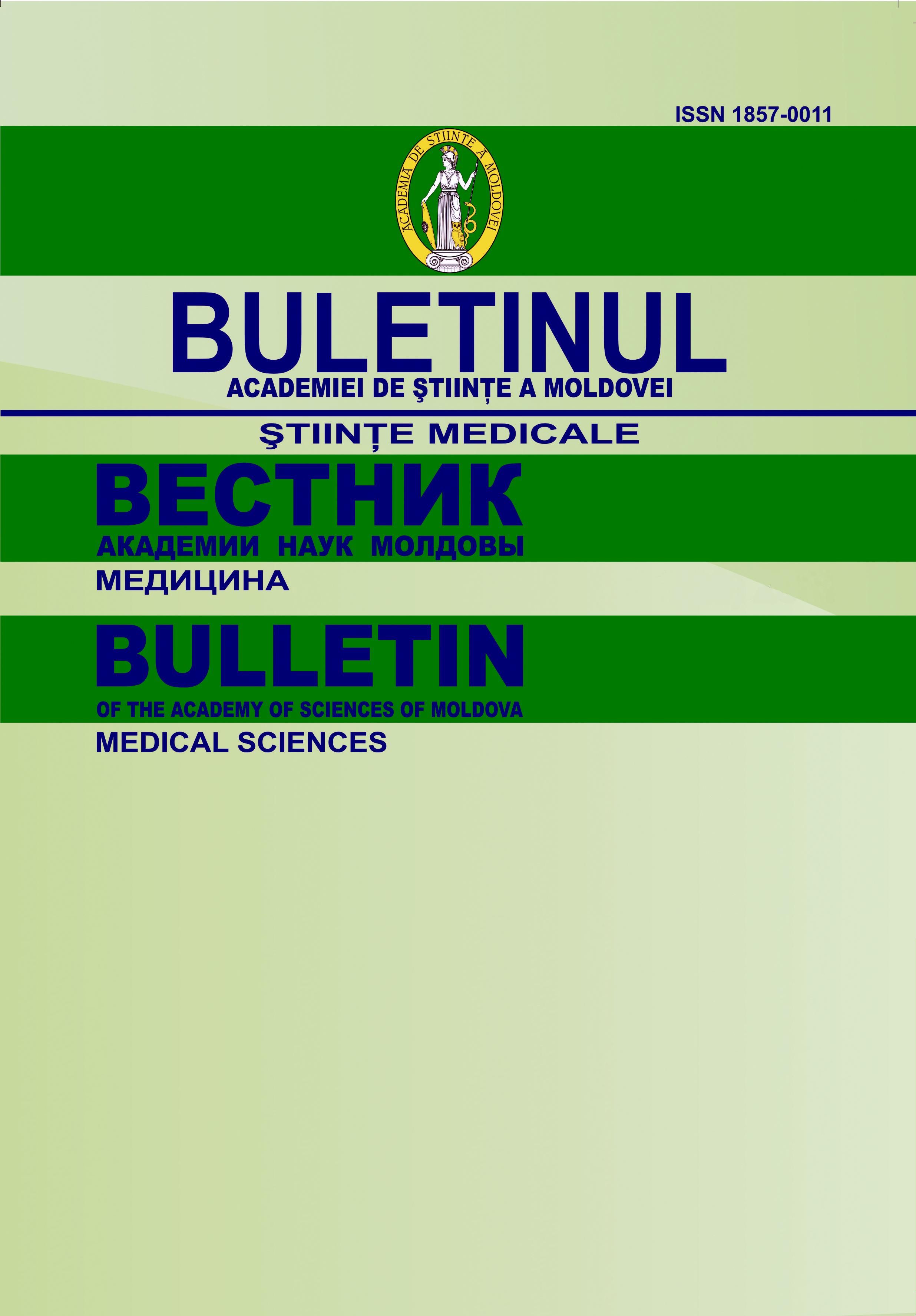Chistadenopapiloamele intraductale a glandelor mamare: diagnostic şi tratament
DOI:
https://doi.org/10.52692/1857-0011.2021.2-70.28Cuvinte cheie:
chistadenopapiloame, tumoare, glandă mamară, patologieRezumat
Aproximativ una din două femei prezintă simptome de existență a unei formațiuni la nivelul sânilor. Conform diferitor date, frecvența depistării patologiilor benigne a glandei mamare este mult mai sporită comparativ cu frecvența adresării femeilor la medic cu aceste patologii. Tumorile benigne ale glandei mamare se caracterizează printr-o creșterea lentă, expansivă (comprimă țesutul vecin), sunt bine incapsulate, majoritatea sunt rezultatul unor modificări hormonale (hiperestrogenemia, hiperprolactinemia), după excizie recidivează rar, nu invadează țesuturile locale și nu metastează în alte organe. Tratamentul de bază este chirurgical – excizia formațiunilor din sân. Recidivele apar rar, nu invadează țesuturile adiacente și nu metastează în alte organe [6, 8, 9]Referințe
Высоцкая И.В., Летягин В.П. Доброкачественные заболевания молочных желез. М.:СИМК, 2015, с. 32-67. ISBN: 599860363X.
Swapp RE., Glazebrook KN., Jones KN., Brandts HM., Reynolds C., Visscher DW, et al. Management of benign intraductal solitary papilloma diagnosed on core needle biopsy. Ann Surg Oncol. 2015, 20(6):1900-5. PMID: 23314624. doi: 10.1245/s10434012-2846-9
Yi W., Xu F., Zou Q., Tang Z. Completely removing solitary intraductal papillomas using the Mammotome system guided by ultrasonography is feasible and safe. World J Surg. 2016, 37(11):2613-7. PMID: 23942535. doi: 10.1007/s00268-013-2178-3.
Hawley JR., Lawther H., Erdal BS., Yildiz VO., Carkaci S. Outcomes of benign breast papillomas diagnosed at image-guided vacuum-assisted core needle biopsy. 2015, 39: 576-581. PMID: 25691147. doi: 10.1016/j. clinimag.2015.01.017.
Nakhlis F., Ahmadiyeh N., Lester S., Raza S., Lotfi P., Golshan M. Papilloma on core biopsy: excision vs. observation. Ann Surg Oncol. 2015, PMID: 25361885. doi: 10.1245/s10434-014-4091-x.
Yamaguchi R., Tanaka M., Tse GM., Yamaguchi M., Terasaki H., Hirai Y., et al. Management of breast papillary lesions diagnosed in ultrasound-guided vacuum-assisted and core needle biopsies. Histopathology. 2015, 66(4):565-76. PMID: 25040190. doi: 10.1111/his.12477
De Vries., Walter AW., Vrouenraets BC. Intraductal Papilloma of the Male Breast. J Surg Case Rep. 2019, doi: 10.29289/2594539420190000448.
Rizzo M., M.J. Lund., G. Oprea., M. Schniederjan., W. Wood., M. Mosunjac Surgical follow-up and clinical presentation of 142 breast papillary lesions diagnosed by ultrasound-guided core-needle biopsy. Ann Surg Oncol. 2015, pp. 1040-1047. PMID: 18204989. doi: 10.1245/s10434-007-9780-2.
Chang JM., Han W., Moon WK., Cho N., Noh DY., Park IA et al. Papillary lesions initially diagnosed at ultrasound-guided vacuum-assisted breast biopsy: Rate of malignancy based on subsequent surgical excision. Ann Surg Oncol. 2018, 18: 2506-2514. PMID: 21369740. doi: 10.1245/s10434-011-1617-3.
Renshaw AA., Derhagopian RP., Tizol-Blanco DM., Gould EW. Papillomas and atypical papillomas in breast core needle biopsy specimens: risk of carcinoma in subsequent excision. Am J Clin Pathol. 2018, 122(2):21721. PMID: 15323138. doi: 10.1309/K1BN-JXET-EY3H-06UL.
Lewis JT., Hartmann LC., Vierkant RA., Maloney SD., Shane Pankratz V., Allers TM., et al. An analysis of breast cancer risk in women with single, multiple, and atypical papilloma. Am J Surg Pathol. 2015, 30(6):665-72. PMID: 16723843. doi: 10.1097/00000478-20060600000001.
Shamonki J., Chung A., Huynh KT., Sim MS., Kinnaird M., Giuliano A. Management of papillary lesions of the breast: Can larger core needle biopsy samples identify patients who may avoid surgical excision? Ann Surg Oncol. 2016, 20: 4137-4144. PMID: 23943035. doi: 10.1245/s10434-013-3191-3.
Tatarian T., Sokas C., Rufail M., Lazar M., Malhotra S., Palazzo JP et al. Intraductal Papilloma with Benign Pathology on Breast Core Biopsy: To Excise or Not? Ann Surg Oncol. 2016, 23(8): 2501-2507. PMID: 26960929. doi: 10.1245/s10434-016-5182-7.
Tran HT., Mursleen A., Mirpour S., Ghanem O., Farha MJ. Papillary Breast Lesions: Association with Malignancy and Upgrade Rates on Surgical Excision. Am Surg. 2017, 83(11): 1294-1297. PMID: 29183534.
Jaffer S., Bleiweiss IJ., Nagi C. Incidental intraductal papillomas (<2 mm) of the breast diagnosed on needle core biopsy do not need to be excised. Breast J. 2015, 19: 130-133. PMID: 23336823. doi: 10.1111/ tbj.12073.
Jung SY., Kang HS., Kwon Y., Min SY., Kim EA., Ko KL et al. Risk factors for malignancy in benign papillomas of the breast on core needle biopsy. World J Surg. 2016, 34: 261-265. PMID: 19997916. doi: 10.1007/ s00268-009-0313-y.
Zografos GC., Zagouri F., Sergentanis TN., Nonni A., Michalopoulos NV., Kontogianni P etal. Diagnosing papillary lesions using vacuum-assisted breast biopsy: should conservative or surgical management follow? Onkologie. 2016, 31: 653-656. PMID: 19060502. doi: 10.1159/000165053.
Yang Y, Fan Z, Liu Y, He Y, Ouyang T. Is Surgical Excision Necessary in Breast Papillomas 10 mm or Smaller at Core Biopsy. Oncol Res Treat. 2018, 41(1-2): 29-34. ISSN: 2296-5270.
Descărcări
Publicat
Număr
Secțiune
Licență
Copyright (c) 2021 Buletinul Academiei de Științe a Moldovei. Științe medicale

Această lucrare este licențiată în temeiul Creative Commons Attribution 4.0 International License.



